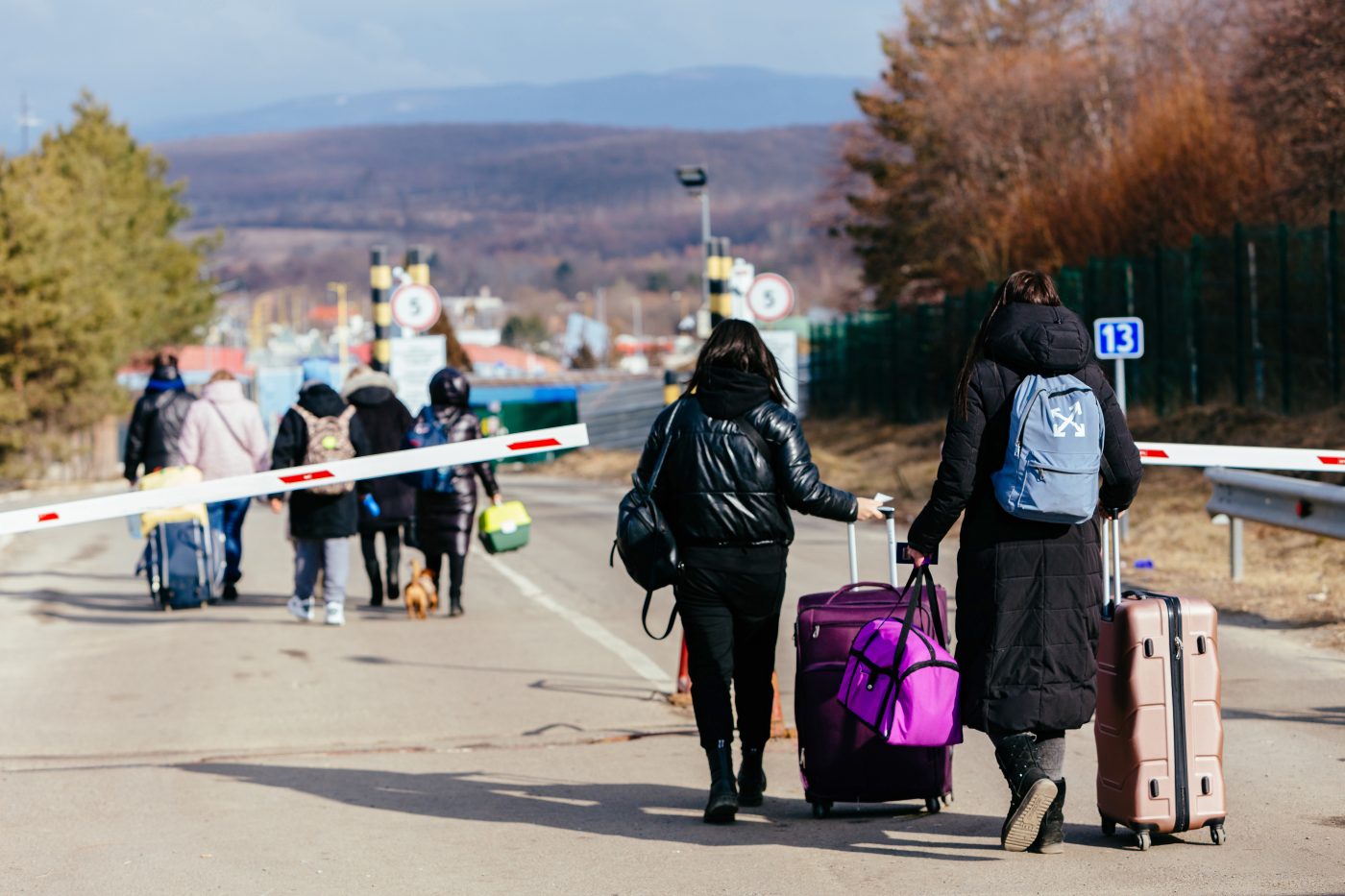According to a report by the International Organization for Migration (IOM), nearly a third of Ukraine’s population has been forced to flee their homes. Some 3.7 million are still internally displaced and nearly 6.5 million are refugees in other countries.
The IOM also reported that more than 14.6 million people, around 40% of Ukraine’s population, still need some form of humanitarian assistance and 2.2 million refugees in neighboring countries also need help.
The majority of refugees in the European Union (EU) are women and children, with recipients of temporary protection made up of 46% adult women, 33% children, and 21% adult men.
The big question for Ukraine is whether they will return home and it is key to Ukraine’s future.
It is likely that many of the women who have left Ukraine will rejoin their husbands and partners once it is safe to do so, but since families may have already settled into life in other countries, Kyiv needs to develop a plan to encourage active working-age people to return.
Failure to do so could result in huge economic losses for the country and acceleration of a demographic crisis which is already causing concern. The population of Ukraine in 2023 was 36,744,634, a 7.45% decline from the previous year, and, with so many young people abroad, the age profile is increasing.
Most men aged 18-60 were barred from leaving the country following the full-scale invasion, and Kyiv is looking for ways to encourage the return of those who were abroad already or managed to leave to boost its military and economy. Exiled males of military age — there are an estimated 200,000 in Poland alone — will no longer be able to renew passports in consulates and must instead return home.
That results from President Volodymyr Zelenskyy’s approval on April 16 of a new law making citizens living abroad liable for military service. They have 60 days to clarify their status but will not be compelled to return, the government said. To further encourage people to come home, Ukraine is also talking to EU representatives on the bloc’s future migration regulations.
As a result of Russia’s full-scale invasion, 4.2 million who fled Ukraine had temporary protection status in the EU at the end of February. Germany (1.3m), Poland (950,000), and the Czech Republic (380,000) were the primary countries providing protection in the bloc.
And refugees are still arriving. Data shows Germany saw an additional 18,905 people cross the border in December, while the Czech Republic welcomed 8,155. During the same month, 2,830 arrived in Spain.
Analysis by the United Nations High Commission for Refugees (UNHCR) in January and February found two-thirds of Ukrainian refugees wanted to return to their homeland eventually. Some 65% said they were willing to return – down from 77% the previous year, with 6% planning to do so in the coming months.
While stuttering Western support for Ukraine’s armed forces, and setbacks caused by a shortage of munitions and equipment, have contributed to the reluctance to return, the state of Ukraine’s economy was cited by many refugees in interviews with researchers.
Some 55% of refugee returnees interviewed in Ukraine said there were fewer job opportunities than they had anticipated, according to the UNHCR.
Although the national economy appears to be recovering, with GDP growing by 4.7% in the fourth quarter of 2023 and the National Bank of Ukraine forecasting a 5.8% increase in 2025, most Ukrainians at home and abroad still express uncertainty about their future.
According to a survey conducted by the Razumkov Center in January, 41% of citizens believe events in Ukraine are developing in the right direction while 38% believe the opposite.
Most highlighted a deterioration compared to the beginning of 2023 in areas such as prices and tariffs (86%), the economy (68%), stability (64.5%), confidence in the future (63.5%), and the well-being of their families (58%).
Although most firms have withstood the challenges and continued operating, with 59% of pre-war companies fully open and 21% closed (only 3% permanently), the unemployment rate remains high, at 13.7% as of March.
At the same time, a report by the World Bank found around 15% of firms were unable to fulfill orders due to worker displacement, battlefield casualties, and the draft, rising to 20% in the South.
To prevent Ukraine’s economy from becoming dominated by pensioners, people with disabilities, and those in need of social protection, the government in Kyiv must promote its people’s return – for production lines as well as the frontlines.
Kateryna Odarchenko is a political consultant, a partner of the SIC Group Ukraine, and president of the PolitA Institute for Democracy and Development. A specialist practicing in the field of political communication and projects, she has practical experience in the implementation of all-Ukrainian political campaigns and party-building projects.
Europe’s Edge is CEPA’s online journal covering critical topics on the foreign policy docket across Europe and North America. All opinions are those of the author and do not necessarily represent the position or views of the institutions they represent or the Center for European Policy Analysis.





